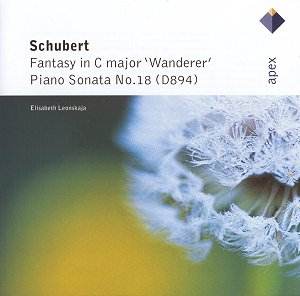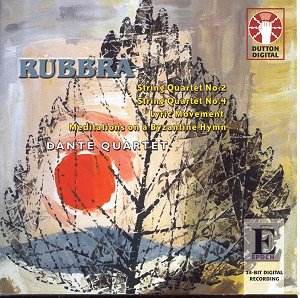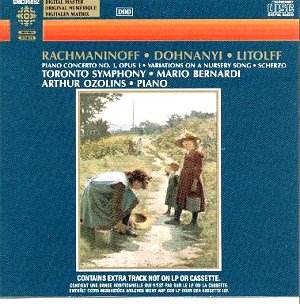 Composer: Johann Sigismund KUSSER (Cousser)
Composer: Johann Sigismund KUSSER (Cousser)
Works: Six Ouvertures de théâtre (1682)
Performers: Musica Aeterna Chamber Orchestra/Peter Zajicek, Les Menus Plaisirs ensemble
Recording: Recorded in France, 1993
Label: FOUNDATION PARIBAS SUR MESURE K.617 617032
Johann Sigismund Kusser, a figure whose contributions often languish in the shadows of the Baroque luminaries, provides a fascinating glimpse into the stylistic amalgamation of late 17th-century Europe with his “Six Ouvertures de théâtre.” Born in Bratislava to Hungarian parents, Kusser’s early experiences were steeped in the French musical traditions, particularly through his time in Paris with the influential Jean-Baptiste Lully. His works reflect the broader Second Baroque movement, characterized by an eclectic blend of French, German, and Italian influences, and are particularly notable for their connection to the court ballet traditions that captivated European aristocracies of the time.
The performance by Musica Aeterna and Les Menus Plaisirs, under the direction of Peter Zajicek, offers a compelling interpretation of these overtures. The ensemble’s use of period instruments lends an authentic timbre that resonates with the elegance associated with Kusser’s time. The opening overture in A minor showcases a steady unfolding of themes, with the strings articulating a graceful dialogue that is punctuated by the crispness of the harpsichord. However, while the execution is polished, the dynamic range at times feels somewhat restrained. Greater contrasts could have illuminated the dramatic potential inherent in these compositions, particularly in the transitions between the slower, more lyrical sections and the lively dance movements.
The recording quality is commendable, with an acoustical environment that complements the nature of court music. Each instrument finds its place within the soundscape, though the harpsichord, an instrument crucial for both rhythmic and harmonic support, could have been more prominently featured. This would have enhanced the overall texture and added a layer of clarity to the intricate interplay between the strings and woodwinds. The engineering captures the nuances of the performance well, but a more assertive placement of the harpsichord would have provided a more engaging listening experience.
Furthermore, the presentation of the booklet notes leaves much to be desired. While the information is presented in three languages, the layout is convoluted, making it challenging for the listener to navigate. This is a missed opportunity, as contextual understanding would greatly enhance the appreciation of Kusser’s work. Additionally, the discrepancies regarding the composer’s date of death, as noted in the booklet, further detract from the recording’s scholarly rigor.
Overall, this recording serves as an important document of Kusser’s oeuvre, offering a window into a lesser-known yet significant repertoire of the Baroque era. The performances are solid and reflect a deep commitment to authenticity, though they could benefit from a bolder interpretative approach that embraces the emotive possibilities within the music. While Kusser may not occupy the same exalted position as Bach or Handel, his “Six Ouvertures de théâtre” merit exploration, and this recording is a welcome addition for those seeking to broaden their understanding of Baroque music’s rich tapestry.



